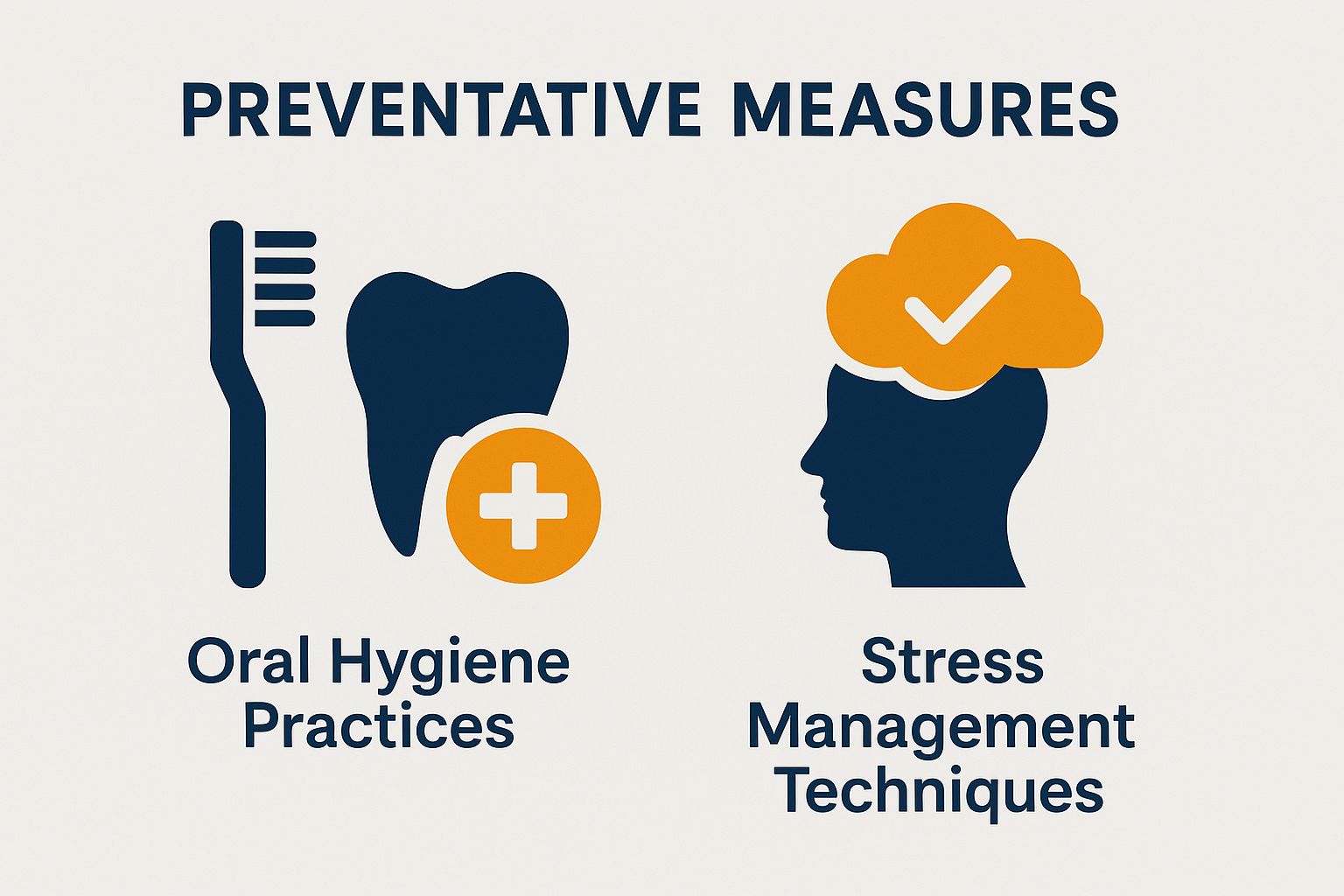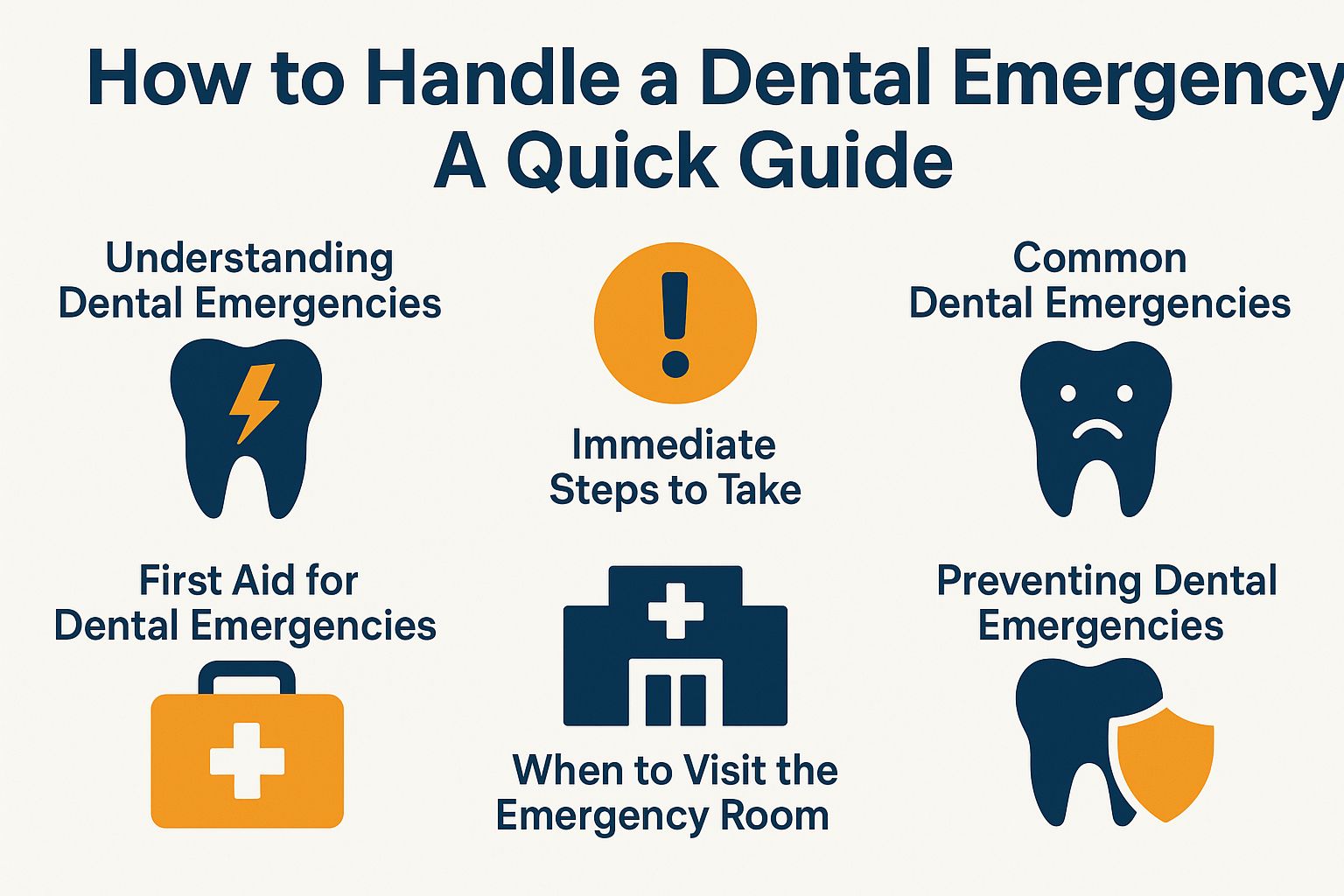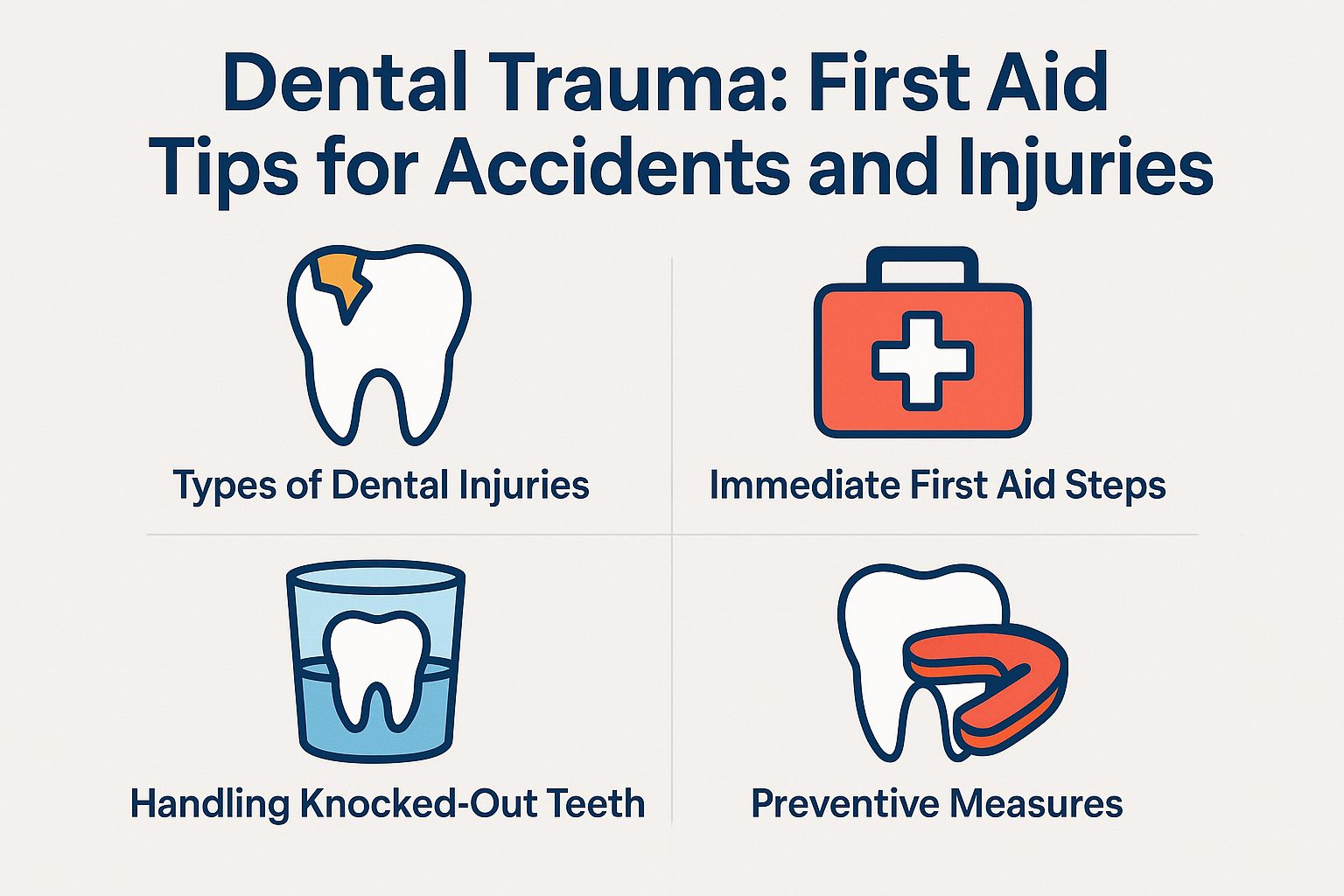
Tooth pain when you walk can be confusing and alarming. This symptom may come from several issues, like tooth sensitivity, sinus infections, or bruxism. Understanding how your oral health connects to your overall well-being is important. In this article, we’ll explore the unexpected causes of tooth pain during movement and provide insights on how to address them effectively.
Understanding Tooth Pain and Tooth Sensitivity
It’s important to understand the types and causes of tooth pain for accurate diagnosis and effective treatment. This knowledge helps you manage your oral health better.

Types of Tooth Pain and Tooth Sensitivity Causes
Tooth pain can feel different, like sharp, throbbing, or constant discomfort, each of which may indicate different underlying issues.
- Sharp pain is commonly indicative of tooth decay, especially if it occurs when biting down or when the teeth are exposed to hot or cold substances.
- Throbbing pain frequently suggests the presence of an infection, with the pressure often intensifying when the individual is in a supine position.
- Dull, constant pain is typically associated with gum disease, which may indicate inflammation or receding gums.
- Sensitivity to cold can signal enamel erosion, a condition that may worsen with the consumption of cold beverages.
Always consult a dentist for an accurate diagnosis and treatment.
Common Causes of Tooth Pain
Common causes of tooth pain include poor oral hygiene and trauma, each necessitating specific attention for effective relief.
- Tooth decay is frequently a result of insufficient brushing and a diet high in sugars. Regular professional cleanings and fluoride treatments are essential preventive measures.
- Gum disease develops due to the accumulation of plaque. The use of an antibacterial mouthwash, along with daily flossing, can effectively address this condition.
- Dental abscesses require prompt dental intervention, often treated with antibiotics and drainage to manage the infection.
- Bruxism, characterized by teeth grinding, can be effectively managed through the use of a custom mouthguard.
- Sinus infections may lead to referred tooth pain; addressing the underlying infection typically alleviates the associated discomfort.
Regular dental check-ups help prevent problems and enable early detection.
Connection Between Walking and Tooth Pain
Studies show that physical activity, such as walking, can influence tooth pain. This highlights the complexity of dental health.
Body Mechanics and Pain Perception
How you walk affects how you feel pain, especially tooth pain, thereby affecting how individuals experience dental discomfort. For example, walking with poor posture-such as slouching or tilting the head forward-can lead to misalignment that increases tension in the jaw, potentially exacerbating tooth pain.
In contrast, keeping an upright posture can relieve pressure on your teeth. Adopting mindful walking techniques, like deep breathing, can improve posture and reduce pain. Stress management techniques like meditation or physical therapy can reduce the tension causing bruxism. Additionally, adjusting one’s stride and ensuring proper alignment of the feet can provide relief, promoting a more comfortable walking experience.
Surprising Causes of Tooth Pain When Walking
Many people think tooth pain is only a dental issue, but other factors matter too, such as jaw clenching, sinus problems, and nerve pain, can also contribute significantly to this discomfort.

Jaw Clenching and Grinding
Jaw clenching and grinding, often occurring subconsciously during physical activity, can result in significant tooth pain and trauma over time. Research indicates that bruxism affects about 10-15% of athletes, especially in high-stress sports.
Common symptoms of bruxism include jaw soreness, headaches, and worn-down teeth. Using a custom mouthguard during activities can help manage tooth pain and provide effective protection.
Stress management techniques like meditation or physical therapy can reduce the tension causing bruxism.
Regular dental check-ups are essential for early detection of dental problems and tooth wear, ensuring optimal dental health.
Sinus Issues
Sinus infections can lead to referred pain in the upper teeth, which may result in discomfort often misinterpreted as dental issues. Inflammation within the nasal passages can exert pressure on the maxillary sinuses, located in proximity to the roots of the upper teeth.
To diagnose the source of the pain, especially with cold sensitivity, dentists may use thermal or percussion tests to differentiate between sinus-related discomfort and dental pain. Imaging techniques, such as X-rays or CT scans, can also assist in visualizing any swelling in the sinuses.
Treatment typically consists of saline nasal rinses, decongestants, or corticosteroids to alleviate sinus-related issues, while dental pain may necessitate interventions for cavities or periodontal disease.
Good communication between the dentist and physician ensures comprehensive care.
Nerve Pain and Referred Pain
Nerve pain, particularly arising from cervical spine issues, can result in referred pain that mimics dental discomfort, thereby complicating accurate diagnosis. This occurs in conditions like cervical radiculopathy or herniated discs. Nerve root compression can mislead pain signals, causing sensations in the jaw or teeth.
Dentists may misidentify these symptoms as dental problems, which can delay appropriate treatment. The utilization of diagnostic imaging techniques, such as MRIs, can facilitate a more precise identification of the pain’s origin.
An evaluation by a neurologist can clarify the underlying issue, especially if muscle weakness or neck pain accompanies dental complaints. Gaining an understanding of the connection between spinal health and dental symptoms is vital for effective treatment strategies.
When to Seek Professional Help
Recognizing the appropriate time to seek professional dental assistance is essential for effective pain management and for addressing underlying oral health concerns.
Look for these signs to know when to visit a dentist like Gregory S. Rutherford, DDS, PA, Fort Myers Dentist:
- Persistent pain, particularly when chewing, may suggest the presence of cavities or periodontal issues.
- Swelling in the gums or facial region is indicative of an infection, such as gum disease or a dental abscess, that requires prompt medical intervention.
- Increased sensitivity to hot or cold stimuli can also be a sign of tooth decay and indicate needed dental implants, or enamel erosion.
Visit the dentist every six months to prevent toothaches and detect potential problems early, even without symptoms. Utilizing tools such as dental apps can further assist in monitoring oral health and serve as reminders for necessary appointments.
Preventative Measures
The implementation of effective preventative measures can substantially diminish the risk of tooth pain and contribute to the enhancement of overall oral health.

Oral Hygiene Practices
Good oral hygiene is essential to prevent tooth decay, gum disease, and dental discomfort. To accomplish this, individuals should concentrate on four fundamental habits:
- Brush twice daily with fluoride toothpaste to remove plaque and strengthen enamel.
- Floss daily to eliminate food particles and plaque between teeth.
- Utilize an antibacterial mouthwash to eliminate bacteria and freshen breath.
- Schedule regular dental cleanings every six months to identify and address issues early.
Consistently following these practices lowers your risk of cavities and gum disease. This leads to healthier teeth and gums.
Stress Management Techniques
Stress management techniques can reduce bruxism, tooth trauma, and jaw pain. They also help alleviate associated tooth pain.
Mindfulness meditation, regular exercise, and cognitive behavioral therapy (CBT) are effective for managing stress.
You can use apps like Headspace or Calm for mindfulness practices. They offer guided sessions tailored to your schedule.
A brisk 30-minute walk can release endorphins and help reduce stress.
CBT is beneficial because it helps reframe negative thoughts and improve coping skills.
These methods reduce stress and may lower the intensity and frequency of bruxism episodes.



